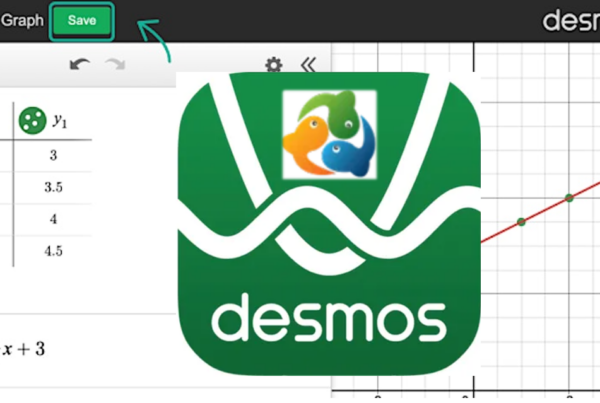Attention Sophomores:
The new digital version of the SAT suite of tests will phase in over the next year. Not only will the tests be specially reformatted for a digital platform, but the structure of the test will be considerably different, too! For instance, the new digital SAT will be shorter than the current pencil and paper SAT–Digital SAT will take 2 hours and 14 minutes vs. the current 3-hour paper SAT. Like the current SAT, the new Digital SAT will still be scored out of 1600, with an 800 point maximum for Verbal and for Math.
Changes to the Verbal Sections: No More Long Reading and Writing Passages
You heard that right: the long Reading and Writing passages with multiple questions for each passage are going away. These will be replaced with much shorter passages (25-150 words in length) for each reading and writing question. The Reading and Writing questions will focus on 4 content areas: 1) Craft and Structure; 2) Information and Ideas; 3) Standard English Conventions; and 4) Expression of Ideas.
Changes to the Math Section: a Calculator-Friendly Test
Previously the math sections on paper were divided into two separate sections: non-calculator, and calculator-allowed sections, each with multiple choice questions and grid-in questions. Well, goodbye non-calculator sections! The new digital format will allow the use of a calculator throughout the entire math sections–what’s more, a computer graphing calculator will be available online, too. The Math section will cover topics including Algebra, Problem-solving and Data Analysis, Advanced Math, Geometry, and Trigonometry, with the greatest focus on Algebra and Advanced Math. About 30% of the math questions will be word problems. However, in general, the Digital SAT Math sections will be less reading-intensive than they were in the previous 2016 SAT update.
Both the Verbal (Reading and Writing combined) and Math sections will be divided into 2 modules, or “stages”. The Reading-Writing Verbal component will consist of two 32-minute stages, each with 27 questions. The Math component will consist of two 35-minute modules, each with 22 questions.

The SAT Goes Adaptive
Perhaps the most intriguing aspect of the new digital format is its ability to be adaptive. What this means is that how well you do on the first stage will affect the degree of difficulty on the second stage. The first stage for the Verbal side and for the Math will have questions that range from easy, to moderate, to more challenging. Then, based on how well a student performs on the first module, the second module will either be more difficult or less difficult. The scoring for the Verbal and for the Math sections will not only consider the total number of questions answered correctly, but also will take into account the level of difficulty of the questions.
So, the highest overall scores will only be possible if the student has placed into and completed the challenging second stage with great accuracy. College Board reports that the different level of difficulty in the second stage will allow for a greater level of accuracy of a student’s score, especially since the test is substantially shorter. While this may feel like a revolutionary change for the SAT, higher level Post-Graduate standardized tests like GRE and GMAT have been using adaptive testing techniques like this for more than a decade.
How to Take the Digital SAT
Students will be able to take the digital SAT on a computer, laptop, iPad, Chromebook, etc., and they will have to use the College Board’s new App, Bluebook. This new app should be quite intuitive and easy for students to use, or so the College Board promises. It will include features that will allow students to annotate, eliminate answers, and mark questions they want to come back to. It will also have a countdown clock that can be hidden or visible. An added benefit of the Digital SAT format is that the scores from the Digital SAT tests will be available within days after taking the test, rather than the current situation where score release typically takes weeks.
When Can I Take the Digital SAT?
Starting this spring 2023, the International students SAT testing will be digital. Next fall 2023, PSAT will be digital in the US. And by next Spring 2024, the SAT will also be digital. So, for current sophomores (class of 2025), this will fully apply to you!
Also starting in May 2023, the following AP tests may be offered digitally for the following classes. The paper versions of these tests will also be available, so ask your school’s AP coordinator what you can expect this spring.
- AP Computer Science Principles
- AP English Language and Composition
- AP English Literature and Composition
- AP European History
- AP Seminar
- AP U.S. History
- AP World History: Modern
Additionally, a range of accommodations will be available to support those students who require them. The College Board assures us that scores from the Digital SAT will be comparable to the pencil and paper version, and that they have all the needed security in place.
At this time, the ACT will continue to offer its test on paper.
Mindfish is gearing up to help prepare students for the new Digital SAT. Reach out to us today if you want to learn more!




